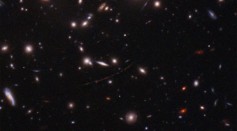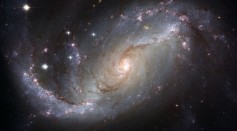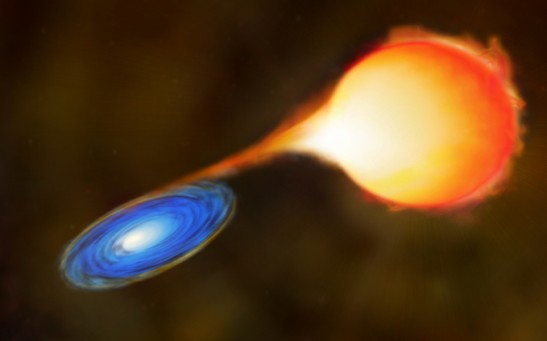stellar

Hubble Captures 12.9-Billion-Year-Old Star Earendel, Oldest Stellar Ancestor Ever Discovered

Least Metallic Stellar Structure in Our Galaxy Baffles Astronomers in Recent Discovery
Are Black Holes Scarier Than a Ghost? 5 Fun Facts About Them
How Can Planets Survive White Dwarf's Stellar Evolution? Signs of Life on Planet Near a Dying Star Impossible
NuSTAR Telescope Helps NASA Find Nanoflares on the Sun
Taking A Bite Out of Sunlight—US Expects A Partial Solar Eclipse
Most Popular

How Technology Is Changing the Real Estate Industry?

How a Plant-Based Diet Can Protect Against Breast Cancer: Insights from Nutrition Research

Study Reveals High Turnover in Scientific Research Careers: What This Means for Future Scientists

Why It's So Difficult to Lose Weight: The Biological Explanation Behind Obesity






